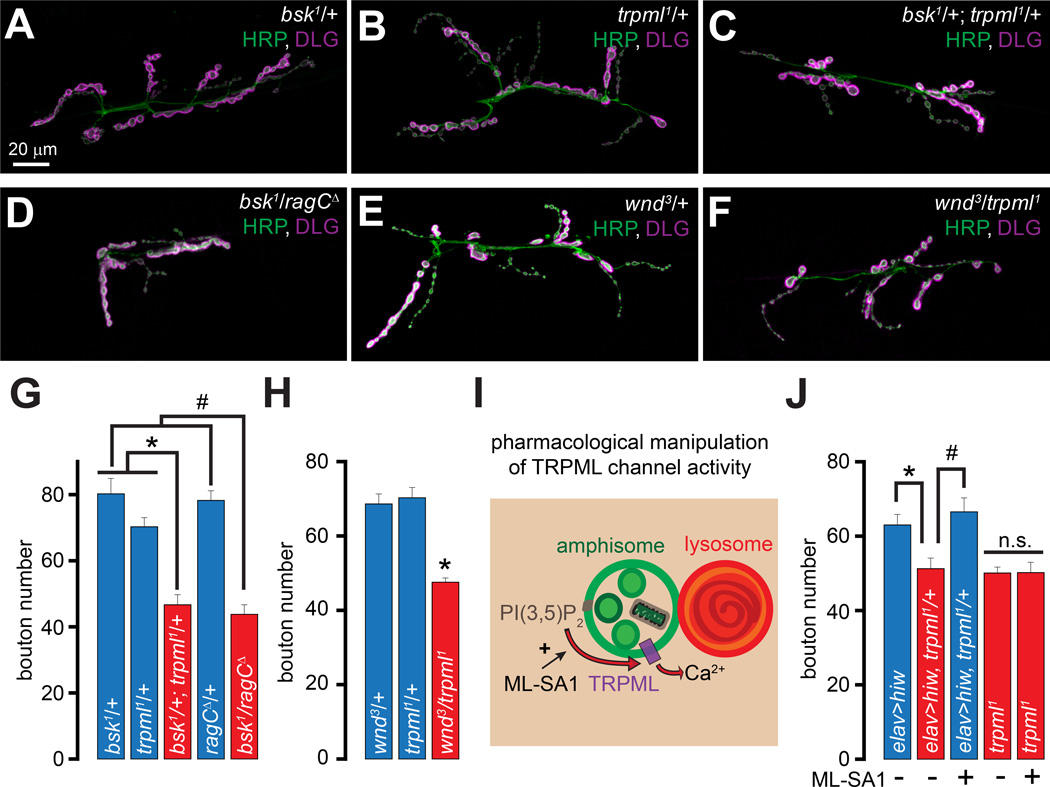Figure 3. trpml and ragC exhibit dominant genetic interactions with genes encoding proteins involved in MAP kinase signaling.
(A–F) Confocal images of larval NMJs from animals of the indicated genotypes stained with antibodies against HRP (green) and DLG (magenta). Scale bar shown in (A) also applies to (B–F).
(G–H) Bar graphs showing the average bouton numbers in animals of the indicated genotypes.
(I) PI(3,5)P2 activates TRPML leading to vesicular Ca2+ release and ML-SA1 potentiates this effect.
(J) Bar graph showing the average bouton numbers in animals of the indicated genotypes reared on instant food with or without ML-SA1 feeding as indicated. Rearing larvae on instant food resulted in an overall increase in the number of boutons in all the genotypes (Wong et al., 2014). However, the trpml1 mutants still showed a relative decrease in NMJ boutons, and all comparisons were made between animals reared under identical conditions.
“*” and “#” represent statistical significance. Abbreviations: n.s., not significant.

